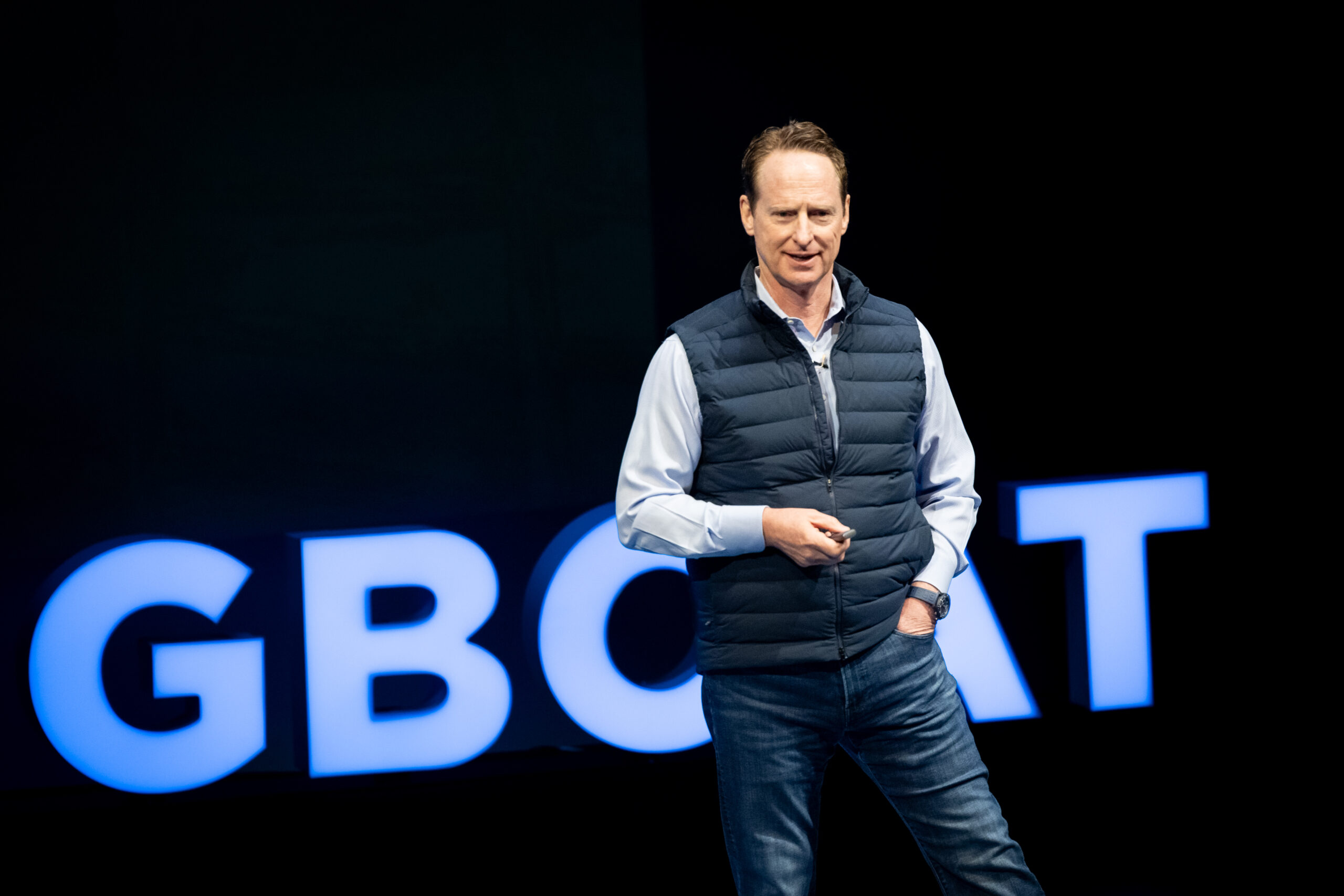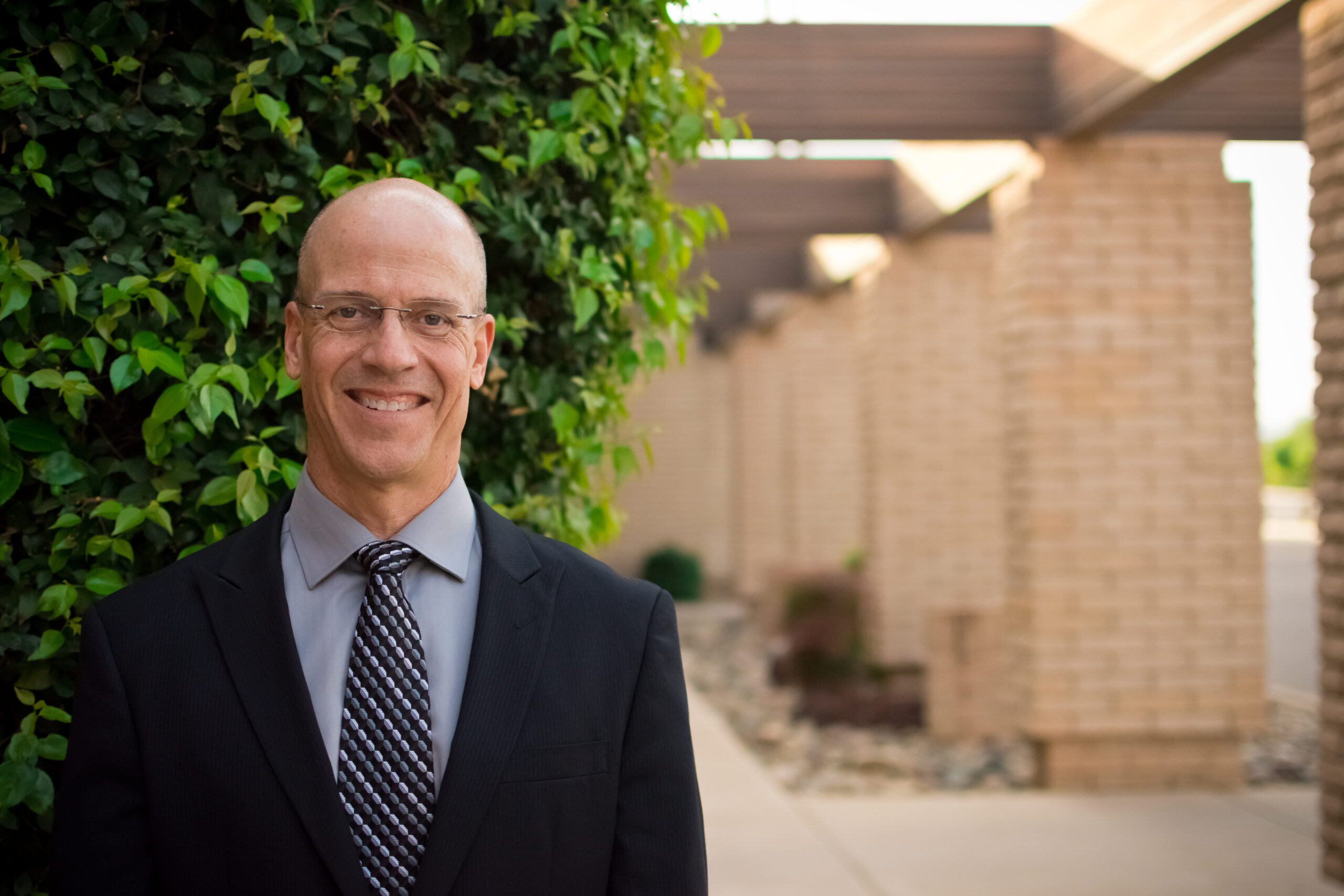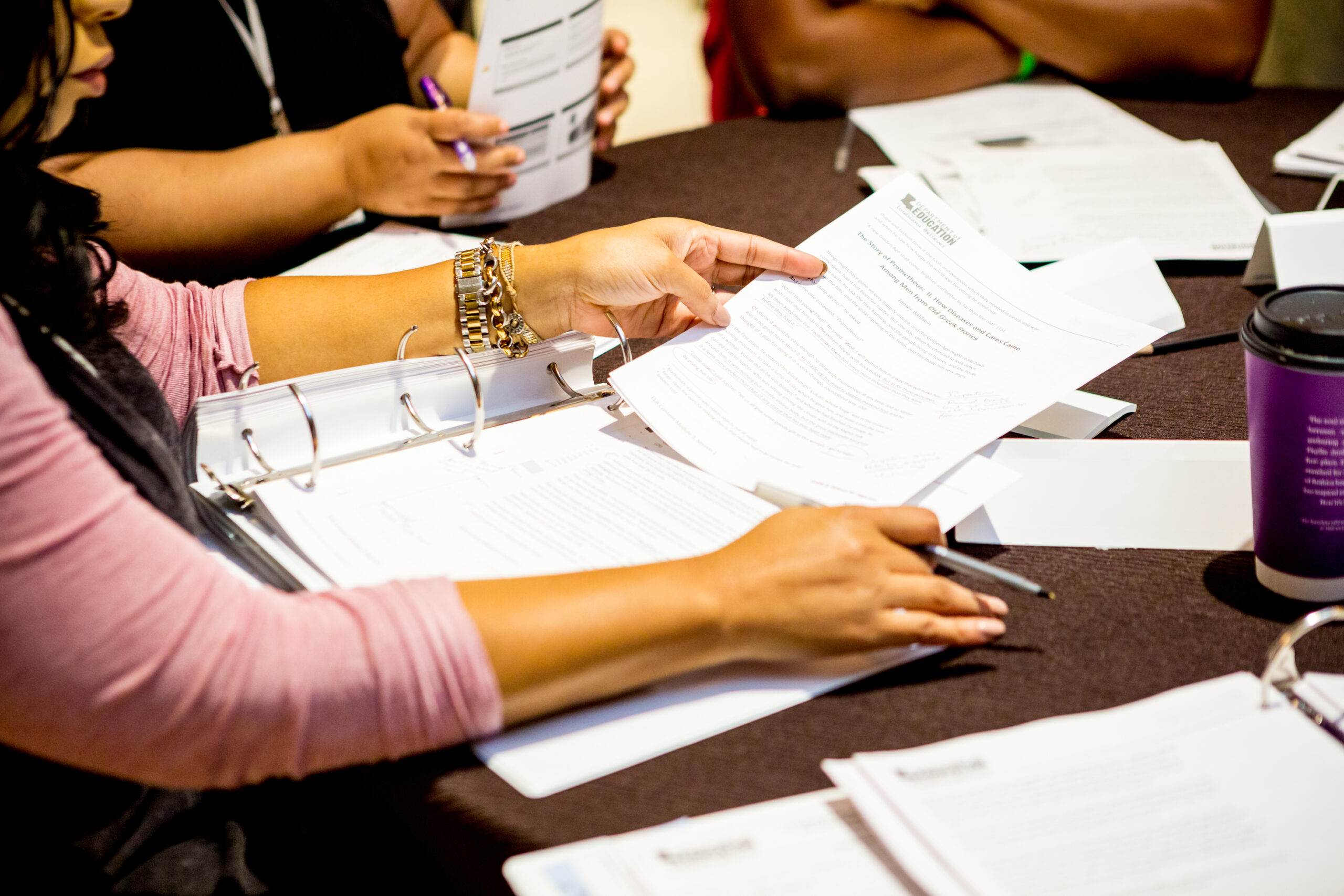

HPM Heroes: Building a Culture of Care
- Ray Hallquist
- HPM, Inc.
At HPM, Inc., culture isn’t a set of words on a wall—it’s a way of working and living together. One of our core values, family, is more than a metaphor. It means we are committed to each other through the good and the bad, to caring for each other in moments of joy and in seasons of hardship. A couple of years ago, an initiative was put forth that demonstrated that this is felt, believed, and lived not only by our leadership, but by our whole team. It is the story of the birth of HPM Heroes.
More than two years ago, largely inspired by conversations with my then-new peers at Tugboat Institute®, I began thinking about new ways to support our employees beyond traditional benefits. We already had programs in place that went beyond the basics, such as matching employee contributions to 529 college savings plans, but I thought we could do even more. A Tugboat Institute Gathering of Teams speaker, Ann Rhoades, gave a great presentation on being People First, and she mentioned a program the employees had set up at Southwest that was funded by donations from their paychecks and existed to support team members experiencing unexpected life crises. I loved that idea and mentioned it to a member of our HR team, Charity Emery. She had seen this model elsewhere, and we decided to see if we couldn’t make it happen at HPM. Almost right out of the gate, as we started to explore, some practical challenges began to present themselves.
At first, we thought we would simply establish a formal 501(c)(3) foundation. Not so simple, it turns out. The legal complexity and reporting requirements were significant, and we were still a young, growing company. We couldn’t see a path forward without a 501(c)(3) and we didn’t have the time or the resources to explore further, so for a time, the project stalled.
This experience was emblematic of a problem that had started to develop ever since I’d joined Tugboat Institute in 2022. I’d fallen into the habit of returning from events wildly energized and full of great new ideas. It was often overwhelming for my team. I am sure my fellow Tugboat members can relate to this phenomenon. This effect was compounded when I started bringing key team leaders with me to Tugboat’s Gathering of Teams in Nashville – they too came back fired up to do better, do more, and get creative. The problem was that this always happened in February, so our strategic plan for the year was already set. As a result, the ideas went onto a list of what we called “The Tugboat Ideas,” but our hands were tied when it came to finding a way – and the funds – to set them in motion.
After Gathering of Teams 2024, we finally came up with a solution for this problem. As we planned for the coming year, we wrote a budget item into our strategic plan that was blank. My team didn’t love that at first, but I was able to get them on board by explaining how it would work. It’s called “The Tugboat Idea” and is a line item that has a dedicated budget. We commit to tracking, checking, and monitoring the “Tugboat Idea” formally, even though the details are not filled in until late February. The concept is, we choose one idea from the “Tugboat Idea” list per year for this line item, and then we bring it to life. Thanks to this new structure, we were able to return to the employee emergency fund initiative (HPM Heroes) this year. We had the budget; now, all we had to do was make it happen. We set a goal to get it up and running by January 1, 2025.
Because she had been at the center of the idea to begin with, I asked Charity, our Manager of People and Culture, to lead the initiative. She had had a long career in HR prior to joining our team, and her enthusiasm for this plan was great. She told me repeatedly that she was struck by how deeply HPM lived its values, and how consistently we walked the talk, compared to other, non-Evergreen companies she has experienced. Her passion for not just this idea, but for our culture and our team, inspired her to approach the project with incredible dedication and care.
The 501(c)(3) was off the table, so what next? The new program needed to be simple, confidential, and sustainable. After extensive research, conversations with accountants, and calls to other companies, Charity and her team found a path forward that avoided the 501(c)(3) route for now. By ensuring the fund was built solely from voluntary, post-tax employee contributions (not company dollars) and by keeping individual gifts below the IRS threshold for taxability, we could create and build the fund and provide meaningful support without triggering tax consequences for recipients. With that key piece figured out, they could start creating. The name for the fund, chosen by our team, is HPM Heroes, for the Heroes who donate a portion of their personal income to support others.
First, we all agreed that anonymity was key to making this work. HPM Heroes is run by a small committee of employees whose identities remain known only to Charity. This structure ensures privacy for both the givers and receivers. Life emergencies are often sensitive and nearly always painful, so although the idea is that your co-workers offer help from a place of care, most people prefer to keep their situations private. Requests can be submitted directly or nominated by a colleague if the person in need is reluctant to ask. All are reviewed confidentially outside working hours.
The committee also set specific guardrails and makes sure they are clear to the whole team. They set limits on how often and how much an employee can receive in a year, and guidelines around what types of needs the fund will address. If someone is facing a genuine hardship—an illness, a death, a divorce, or another family crisis—we want to be there, but this isn’t for covering a weekend in Vegas gone wrong. To make the process as accessible as possible, employees can submit requests through a simple Microsoft Office Form available online, and created by the committee. Supporting documentation can be uploaded if relevant, but it’s not required.
We introduced the program at our annual business conference, alongside other initiatives in our five-year strategic plan. I personally provided seed funding (recall that funding cannot come from the company) so the committee could respond immediately to early requests. We encouraged employees to contribute any amount they could—50 cents, $1, $20—each pay period. But we also made it clear that participation is voluntary, and contributors can adjust or stop at any time.
With about 110 employees company-wide and seven months in, just over 40% have already signed up to donate. To me, this level of engagement reflects our culture, and our deep sense of mutual care. And so far, it seems to be making a difference.
Within a month of launching, the committee received a request from one employee on behalf of another—a colleague whose family member fell gravely ill. The family faced significant logistical and financial strain, but the employee was too private to seek help himself. Through HPM Heroes, the committee was able to quietly extend support, accompanied by a message of solidarity: We see you, we care about you, and we’re here for you. The recipient, moved to tears, admitted he never would have asked but that the assistance made a real difference, and feeling loved and supported was overwhelming and humbling.
As we look to the future, a dedicated nonprofit foundation remains a possible long-term step, but the current structure has already proven both practical and powerful. It has further boosted our culture, strengthening connections across locations, from Colorado to Alaska to remote project sites, and reinforcing our collective sense of unity. What was already good is becoming even better.
As Charity likes to point out, the initiative helps the company too, not just the team members. It signals something powerful to both current and future employees: that HPM is a place where we don’t just talk about looking out for each other, we actually do it.
For me, one of the biggest lessons learned, and certainly the one to which I attribute the success of HPM Heroes, is the importance of embedding good intentions into concrete action. Thanks to our simple adjustment to the Strategic Plan, every year, we will now pick ideas that matter to our people, put them in the business plan, and hold ourselves accountable. It’s not rocket science, but it’s how you make things happen.
More Articles and Videos

Get Evergreen insight and wisdom delivered to your inbox every week
By signing up, you understand and agree that we will store, process and manage your personal information according to our Privacy Policy





